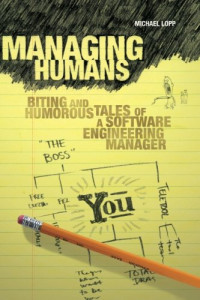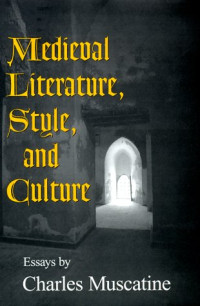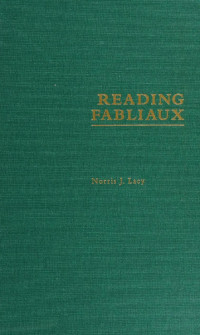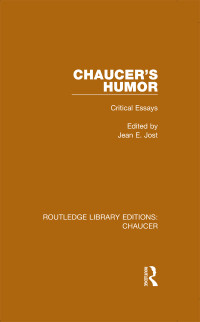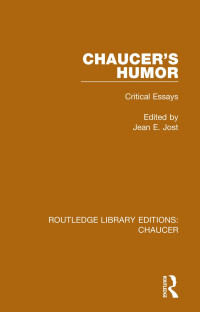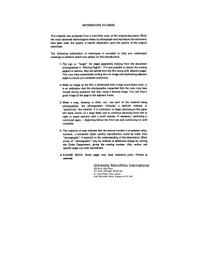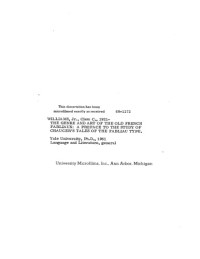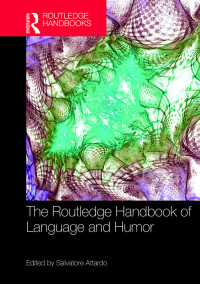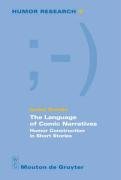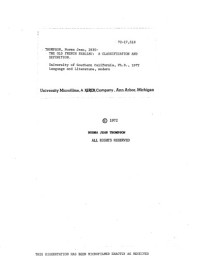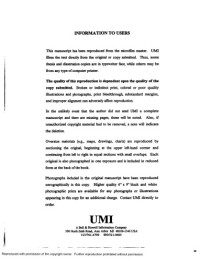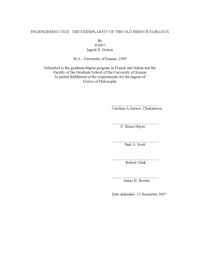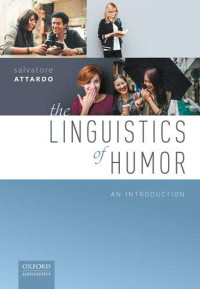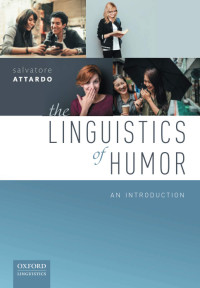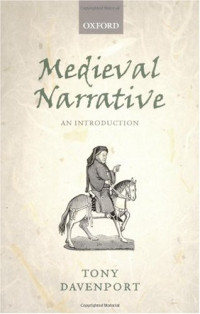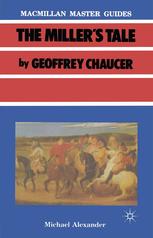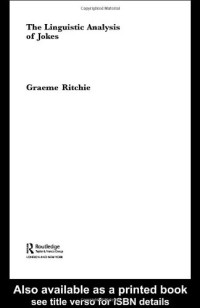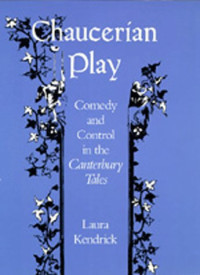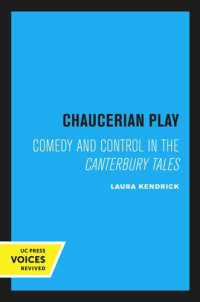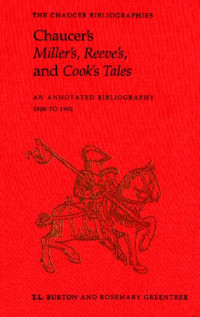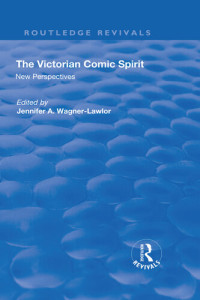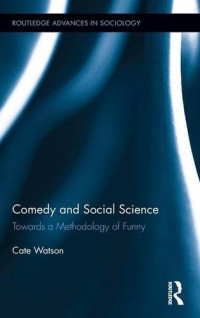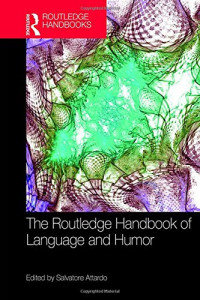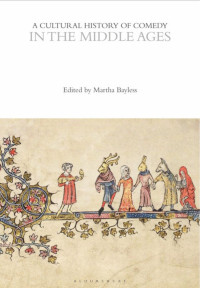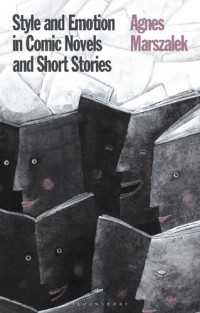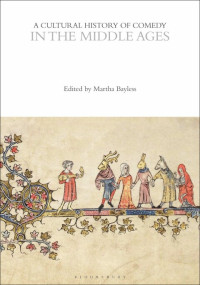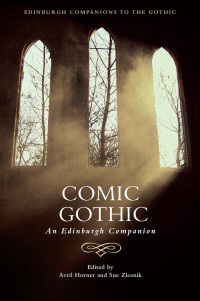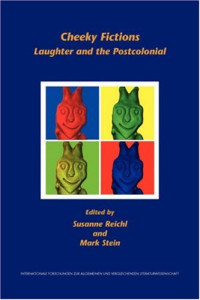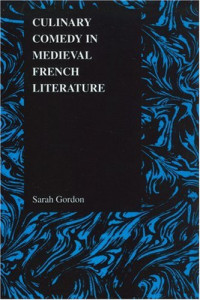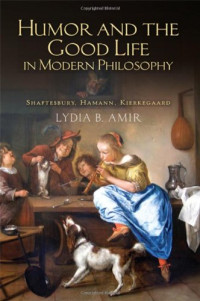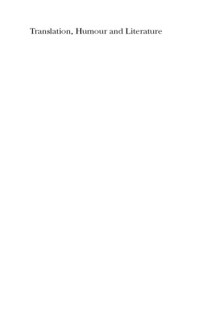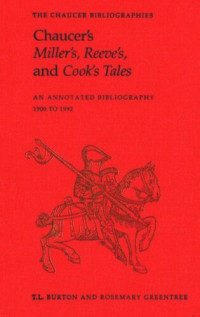
Humorous Structures of English Narratives, 1200-1600
Theresa Hamilton
We all have the ability to recognize and create humour, but how exactly do we do it? Salvatore Attardo and Victor Raskin have attempted to explain the workings of humour with their General Theory of Verbal Humor (1991). The central aim of Hamilton's study is to test the usefulness of the General Theory of Verbal Humor on a specific corpus by identifying and interpreting the narrative structures that create humour. How well can this theory explain the way humour 'works' in a particular tale, and can it provide us with interesting, novel interpretations? The genres used to test the General Theory of Verbal Humor are the fabliau, the parody and the tragedy. This corpus represents different kinds and degrees of humour and thus challenges the theory on various levels. Hamilton proposes a supplementation of the General Theory of Verbal Humor in order to create an effective means of undertaking what she calls a 'humorist reading'. By posing the questions 'why is this humorous?', 'how is it humorous?' or 'why is it not humorous?' and providing the theoretical tools to answer them, a 'humorist reading' can make a valuable contribution to understanding any given literary text and its place in society.
Kategori:
Tahun:
2013
Penerbit:
Cambridge Scholars Publishing
Bahasa:
english
Halaman:
335
ISBN 10:
1443849499
ISBN 13:
9781443849494
Nama siri:
History
Fail:
PDF, 1.99 MB
IPFS:
,
english, 2013
 Amazon
Amazon  Barnes & Noble
Barnes & Noble  Bookshop.org
Bookshop.org  Tukar fail
Tukar fail Lebih banyak hasil carian
Lebih banyak hasil carian Faedah lain
Faedah lain 